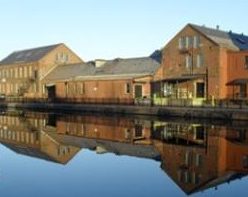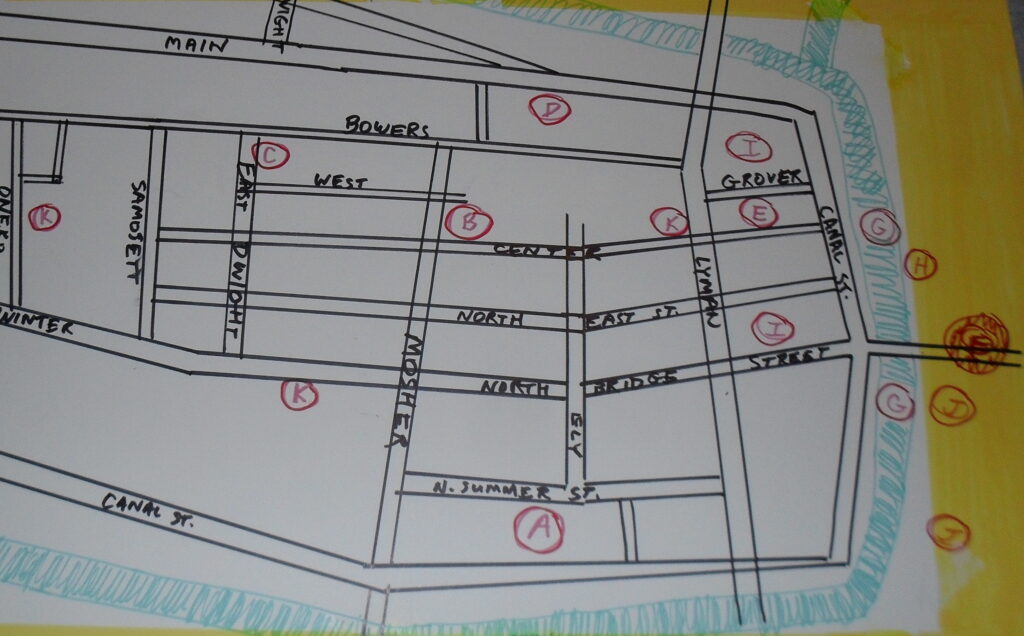
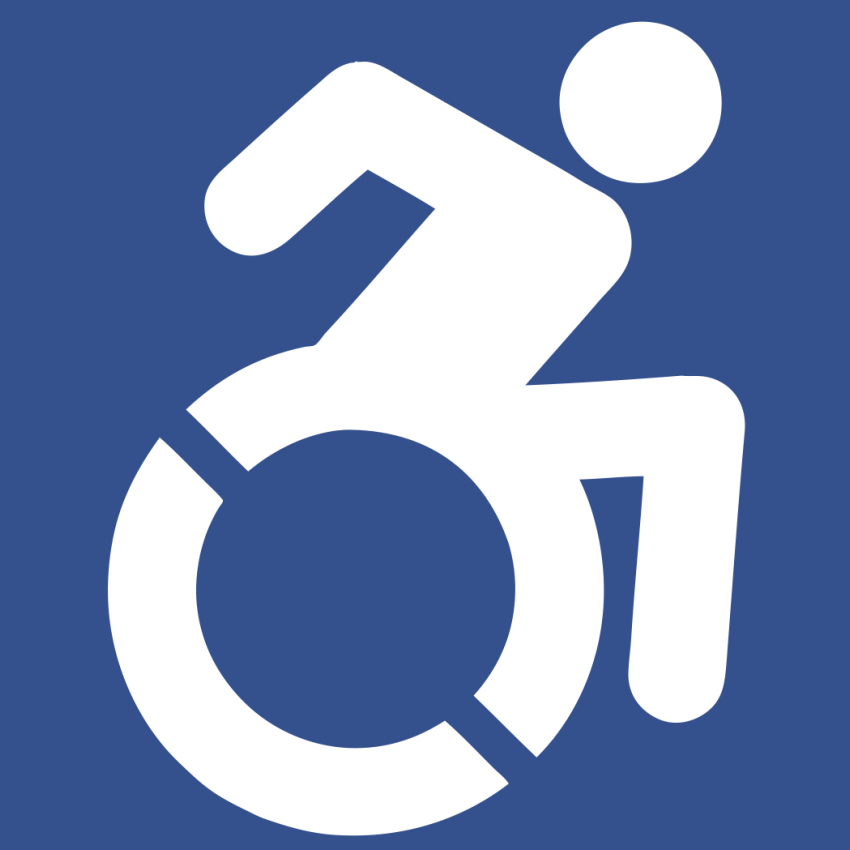
- Private GROUP TOUR (COSTS) is two hours long for this Flats and Neighborhood walking tour. Also a one hour indoor presentation can be given.
- A free public tour comes up every five years.
- A self-tour is available for anyone using the maps and text seen below. – LOCATION
stop A – Immaculate Conception Church Campus
The Immaculate Conception Parish started in 1903. Click on the stop A link above for much more information.
stop B – Our Lady of the Holy Rosary Church Campus
The church basement was completed in 1888. Click on the stop B link above for much more information.
stop C – Depot Hill Native American Burial Grounds
Sadly the bones and artifacts were given to Amherst College and they gave them to a tribe. Click on the stop C link above for much more information.
stop D – Connecticut River Train Station
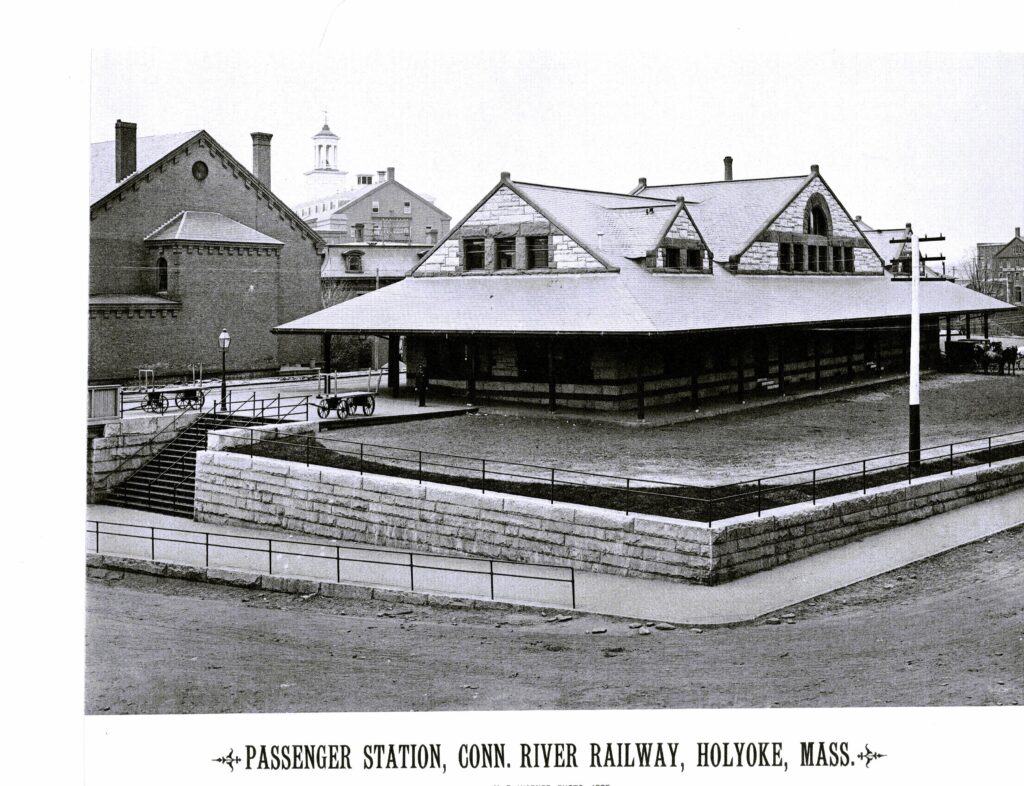
The first railroad station was placed in Holyoke on the Connecticut River Railroad. This was where the third station is now. It lasted from 1845 to 1885. In 1885 the Connecticut River Train Station was built along Bowers Street. It was designed the internationally renowned Henry Hobson Richardson. The style that is used in this station is called Richardsonian Romanesque. This station was active until 1965 when passenger service stopped in Holyoke.
stop E – Hadley Falls Workers’ Homes
Irish and French-Canadian lived in the Flats from the 1880s. The mills in this area were mostly paper mills. The homes were mostly tenement homes. Two important features of this area pre-date the immigrants. The Hadley Falls Workers’ Homes are in six segments along Center, Grover, Canal and Lyman Streets. Workers on the dam and the canal system lived here starting in 1847. Later workers from the Hadley Falls Cotton and Thread Mills lived here. Those mills became Hadley Thread Mill and Lyman Cotton Mill. Read more HERE about the homes. This location is on the National Register of Historic Places. For places in Holyoke on the National Register click the link.
stop F – Vietnam Veterans Bridge
This is the third bridge at this location. Click on the stop F link above for much more information.
The Lyman Mill was part of the Hadley Falls Company. Click on the stop H link above for much more information.
stop I – Trolley Barn
LINK to the Holyoke Trolley Barns
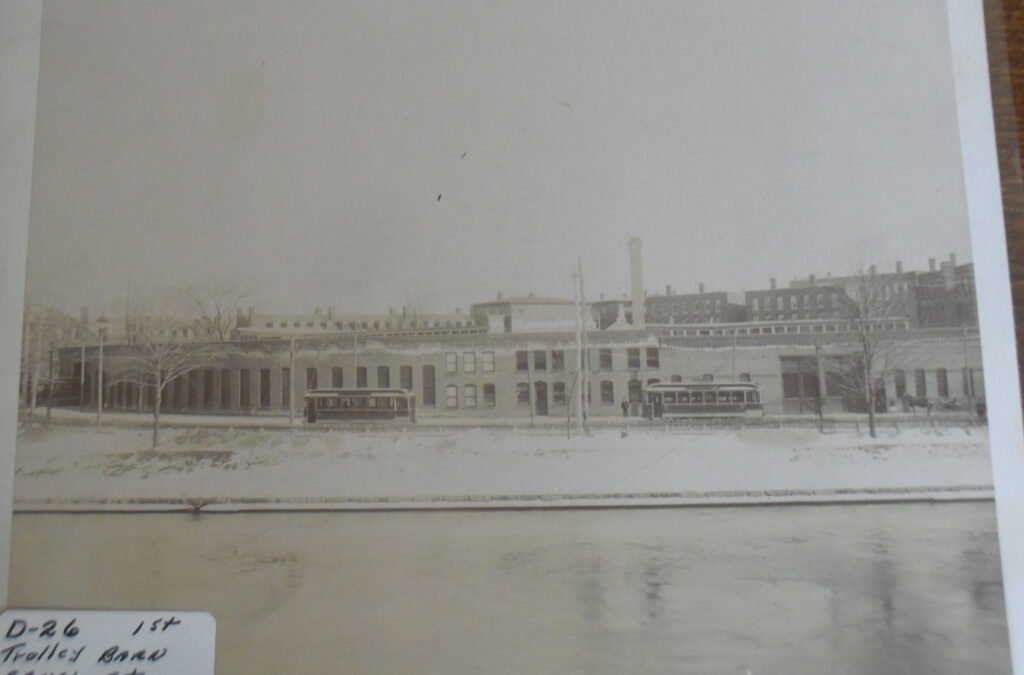
The last feature of the Flats to discuss is also about transportation. The first trolley in Holyoke was in the Flats. The station was just over the bridge in South Hadley. The company was called the Holyoke Street Railway Company. From 1884 to 1891 it was horse drawn and the horses were stabled in South Hadley. The route ran two miles to Cabot Street. From 1891 to 1915 the trolleys were housed at a trolley barn along Canal Street and the routes were enlarged greatly and electrified. Read much more about the TROLLEY routes at the link presented. From 1915 to the 1987 the barn was on Bridge Street. In 1937 the electric was taken out and buses were used. By 1987 PVTA took over all bus routes.
stop J – Albion and Valley Paper Mills
The paper mills were plentiful in Holyoke and many in this area. Click on the stop J link above for much more information.
stop K – Kelly School and parks
The Kelly School was once called the West Street School. It has a park to its east called McNally Field which is used by the school. It has a park to its west called Deroy Park which is owned by the City. Deroy Park was once called Canochet Park. Deroy Park is named after Narcisse Amedee Deroy who died during World War 1. Narcisse Deroy had a brother on the city council of Holyoke for 25 years and I believe that he helped have the park named for Narcisse. (Narcisse Deroy is my grandmother’s second cousin.) The park was renamed July 20, 1941. FINDAGRAVE
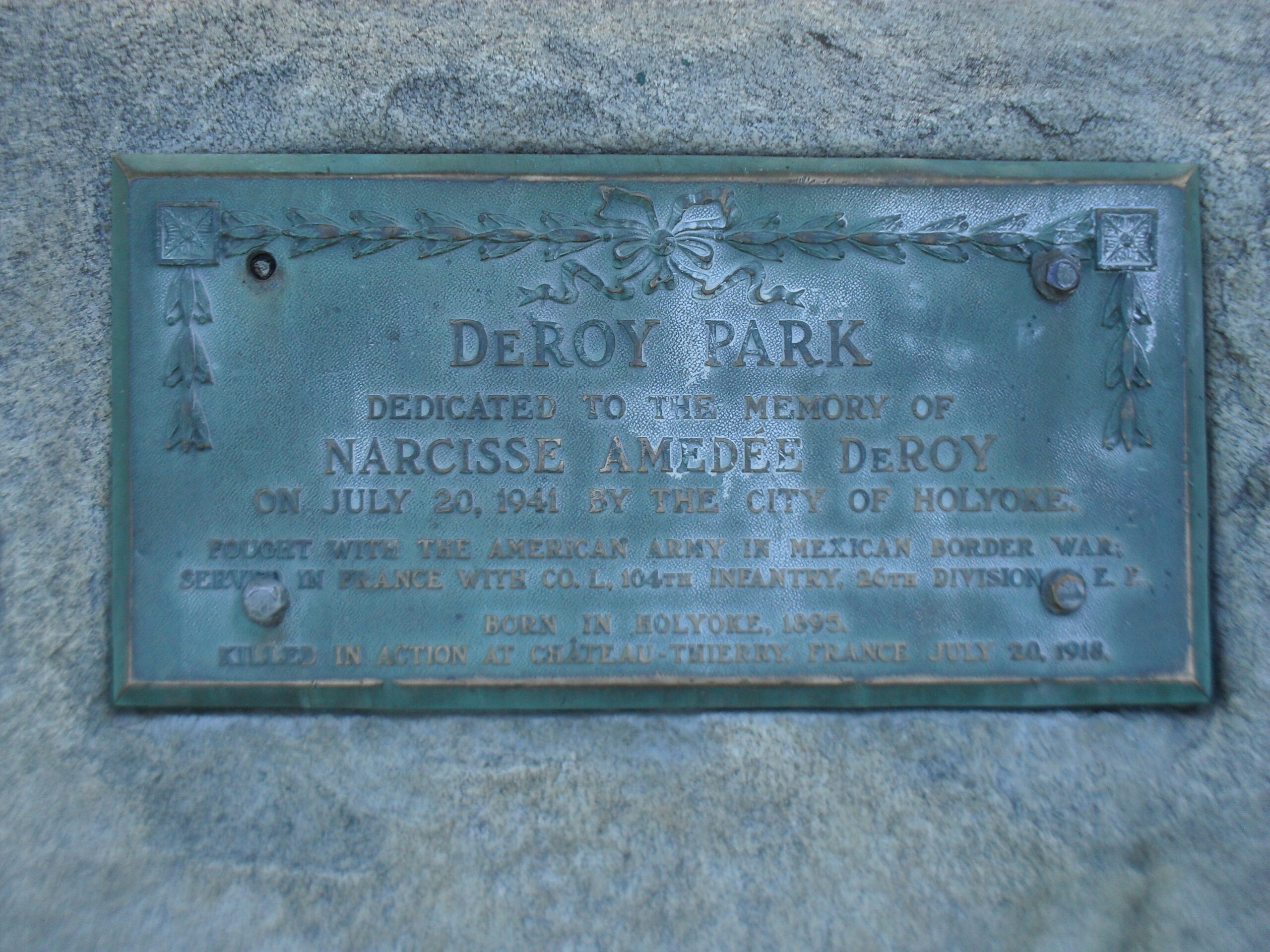
Both Immaculate Conception Church and Holy Rosary Church has had a profound effect on the Flats area of Holyoke. They served 10s of thousands of immigrants for over a century.
Sanborn map analysis:
Sanborn 1884 map – northern part
